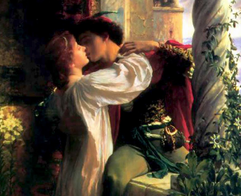
One of the greatest love stories ever told is that of Romeo and Juliet. The storyline is the basis of hundreds of songs, paintings, plays, literary works, and romance fiction. It is one of those stories that falls between legend and literary characters, based on possible historical events.
Each year, during the first weekend of September, the historic city of Verona, Italy, holds a festival to commemorate the birthday of the city's most famous daughter, Giulietta Capuleti – the legendary Juliet Capulet of the play Romeo and Juliet by William Shakespeare. It's a real Italian party, with lots of food, singing, dancing, and costumes.
AN OLD TALE OF UNREQUITED LOVE
Shakespeare's play may have made this love story popular, but it is a much older tale of unrequited love which has been told in Italy at least since the 1400s. Historians speculate that the story existed as oral tradition long before that.
It's possible the oral tradition is based on the Babylonian legend of Pyramus and Thisbe, which dates back to 331 BC. Pyramus was the most gorgeous man in Babylonia and Thisbe, the most beautiful maiden. They had grown up as neighbors and were childhood friends. When they fell in love, they were forbidden to marry by their parents. One night, they planned to meet and run away together, but a mountain lion attacked Thisbe. She escaped, but the mountain lion took her veil. When Pyramus saw her bloodied veil in the mountain loin's mouth, he believed she'd been killed, and so he stabbed himself with his sword. When Thisbe saw Pyramus dead, she picked up his sword and killed herself also.
That legend sounds similar enough to Romeo and Juliet to have been the basis for the tale first committed to paper as a novella by Masuccio Salernitano, Published in 1478, Salernitano's story names the lovers Mariotto Maganelli and Giannoza Saraceni, and it takes place in Sienna.
Salernitano's plot is so similar to Shakespeare's play, which wasn't written until sometime in the early 1590s, that there isn't much doubt the play is a retelling of the same story.

In 1562, Matteo Bandello rewrote La Porta's book. Bandello's work was turned into an epic poem by Authur Brooke, entitled Tragicall Historye of Romeus and Juliet.
A French version, written by Pierre Boastuau, draws on both Salernitano and Brooke's poem. William Painter, in 1569, wrote a version of it. Spaniard, Lope de Vega, in 1590, wrote a Spanish version.
Somehow Shakespeare read Salernitano's novella. There are a number of theories about how the playwright got so many stories from Italy although he never traveled there … as far as anyone knows. However he obtained this tale, he wrote the play sometime between 1591 and 1596. It was published in 1597 and the first performance wasn't until 1662. His play popularized the Romeo and Juliet story which has provided inspiration for a multitude of artists and sculptors, writers and poets, screenwriters, ad infinitum.
After 400 years, time has not tarnished or dulled the romance of the two doomed lovers. We never tire of hearing, reading, and seeing it again and again in its various storylines and settings. It strikes very near the heart and always will.
IS THE STORY TRUE?
The real truth is lost in the dust of time. However, it is true that during the late 1200s, there were two important families in Verona named Capuletti and Montecchi. These family names are mentioned by writer and poet Dante Alighieri in his Divine Comedy (Canto IV of the Purgatory-written in around 1310-1330), and a reference is made to a grief shared by these two families. No mention is made regarding of what the mutual sorrow might be.
During that period, under the reign of the Scaligeri family, there was constant war between families for dominance of Verona, but history doesn't call out the names of Capuletti or Montecchi. Even though these two families are not remembered as movers and shakers, during this time there was great hatred between opposing families, making the story quite possible.
FOR VERONA, ROMEO AND JULIET WERE REAL
After the 1936 Academy Award winning film of the play, the Veronese government realized the city could capitalize on the story. Visitors today can visit museums, churches, homes, and plaques containing quotes from the play. All the places tourists see there are commemorating Shakespeare's play, not the real people.
If you travel to Verona, you can visit Juliet's house at #23 Via Cappello and see her balcony where, supposedly, the famous balcony scene took place. Of course, the five-story house isn't the Capuletti's house and never was. It was originally a 13th century inn – said to have once been the stable of the Dal Cappello family -- which was purchased by the City of Verona in 1936 and restored in Gothic style and decorated inside like the home of a Renaissance merchant.
Inside the house, you can visit Juliet's bedroom. The bed is actually the one used in the Franco Zeffirelli film in 1968. In the courtyard the statue of Juliet is rubbed for good luck. You can also visit the Capuletti tomb. The Montegue or Montecchi house
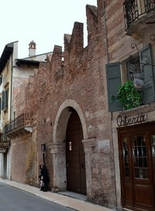
TOURIST TRADITIONS
According to https://runawaybunnydotorg.wordpress.com/2012/06/23/juliets-house-in-verona-some-strange-traditions/ there are several unusual traditions and crowds of tourists pushing and shoving in front of the Capuleti house to participate in those traditions. Most of these so-called "traditions" sound modern to me, as well as being pure vandalism.
"Tradition 1: Scrawl the name of your lover on the walls in sharpie."
"Tradition 2: Stick a piece of gum on the wall, then have someone take a picture of you stretching it out between your fingers." The end result isn't very romantic.
Photos by: runawaybunny.com
"Tradition 3: Write the name of you and your boyfriend on a padlock, and lock it somewhere. Anywhere." Apparently this practice is taking hold and spreading around the world.
"Tradition 4: Juliet’s breasts bring good luck/fertility/longevity/better orgasms. You must touch them on the statue and take pictures of it!" Some references say the tradition is rubbing the statue for good luck. I guess where you rub it is up to you. However, you can buy a breast-shaped keychain in the gift shop just off the courtyard."
IN YOUR OPINION, WHAT IS THE GREATEST LOVE STORY EVER TOLD?
Most of the "greatest love stories" involve lovers being kept apart and/or making extreme sacrifices to be together. In the older stories, that sacrifice is often death. It's surprising how many follow the Romeo and Juliet theme, which makes them love stories and tragedies at the same time, but not romances.
Some of these are strictly heroes and heroines in literature, some myth or legend, and others who are real historical or modern figures who are well known and capture wide interest. Many of us are familiar with the names, but not with the stories. Leave a comment and tell us what you consider the greatest love story and why.
Resources
http://www.ancient-origins.net/history/romeo-and-juliet-not-shakespearean-tale-after-all-003155
http://the1historynerd.blogspot.com/2011/06/montagues-and-capulets-fact-or-fiction.html
https://en.wikipedia.org/wiki/Romeo_and_Juliet
https://en.wikipedia.org/wiki/Montagues_and_Capulets
http://www.ancient.eu/Verona/
http://www.linguait.it/index.php/en/study-italian-in-italy/verona-history
http://www.veronafor2.com/verona.html
https://runawaybunnydotorg.wordpress.com/2012/06/23/juliets-house-in-verona-some-strange-traditions/
https://en.wikipedia.org/wiki/I_Capuleti_e_i_Montecchi
http://untappedcities.com/2013/12/18/6-sites-verona-italy-follow-footsteps-romeo-and-juliet-verona-italy/
http://amolife.com/reviews/top-20-most-famous-love-stories-in-history-and-literature.html
http://allwomenstalk.com/12-most-famous-love-stories-of-all-time/
http://www.tourism.verona.it/en/itineraries/your-time-travel/romeo-juliet
Read more: http://www.dailymail.co.uk/news/article-2099615/Is-romantic-painting-Oil-depiction-Romeo-Juliet-voted-best-Britain.html#ixzz5BjdDrjFt
https://www.explorra.com/attractions/juliets-balcony-in-verona_12303
https://mycornerofitaly.com/juliets-house/
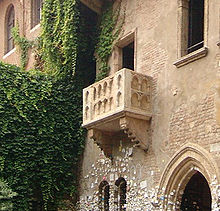
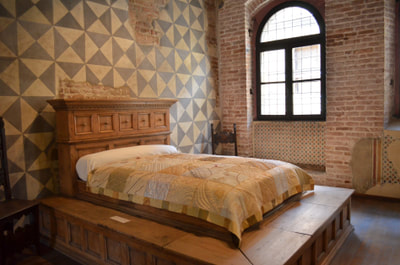
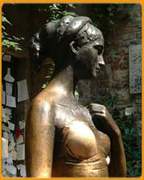
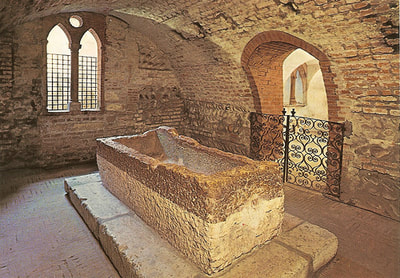
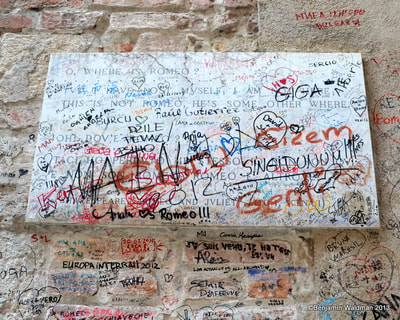


 RSS Feed
RSS Feed